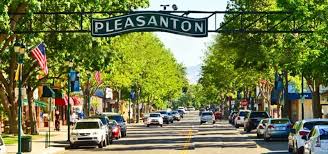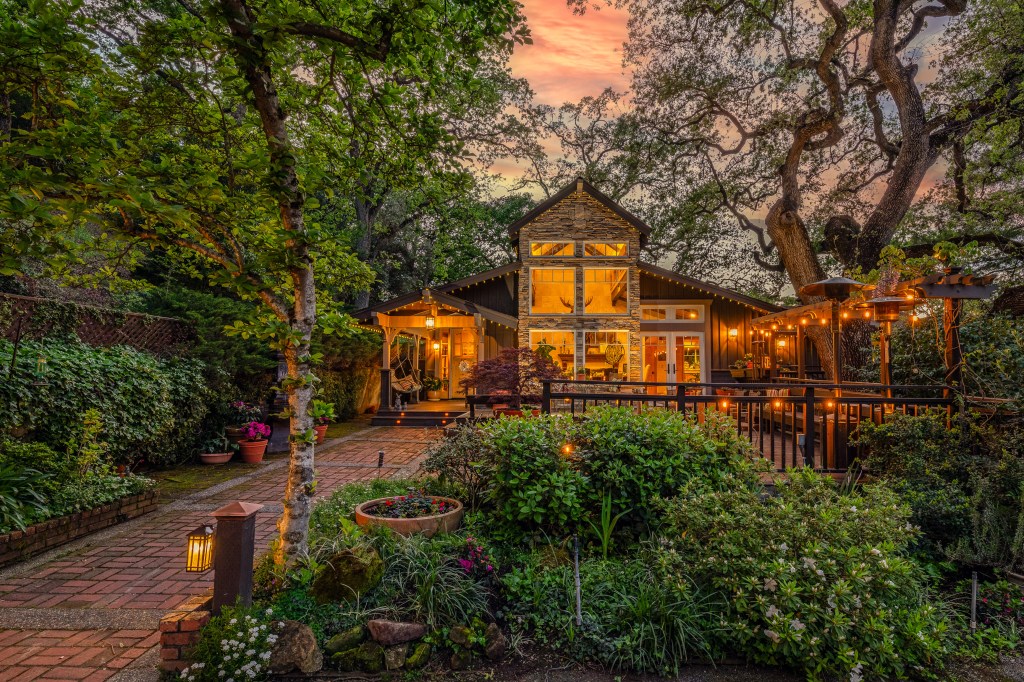
The US housing market is experiencing a surge in home-price growth, with prices rising at the fastest pace since November 2022. However, this growth comes with challenges, including limited inventory and high mortgage rates, making affordability a concern for potential buyers. Let’s delve into the current state of the housing market, its implications, and what it means for buyers and sellers.
Rising Home Prices
In February, the S&P CoreLogic Case-Shiller US National Home Price Index rose by 6.4% from a year earlier, surpassing the 6% increase recorded in January. The Case-Shiller 20-city index also saw significant gains, with San Diego leading the pack with an impressive 11.4% rise in home prices. This surge in prices reflects the ongoing demand for housing across the country.
Limited Inventory
Despite the increase in home prices, the housing market continues to face a shortage of inventory. The supply of unsold homes rose slightly in March, but it still lags behind demand. This persistent undersupply can be attributed to various factors, including homeowners choosing not to sell due to low mortgage rates and limited new construction.
High Mortgage Rates
One of the biggest challenges for potential buyers is the high mortgage rates. The benchmark 10-year US Treasury yield recently closed above 4.7%, leading to an increase in mortgage rates. The 30-year fixed-rate mortgage averaged 7.17% last week, the highest level since November. These high rates are limiting affordability for many buyers and impacting their ability to enter the housing market.
Implications for Buyers and Sellers
For buyers, the current state of the housing market presents significant challenges. High home prices and mortgage rates make it difficult to afford a home, especially for first-time buyers. Limited inventory also means increased competition for available properties, leading to bidding wars and higher prices.
For sellers, rising home prices may seem like good news, but the limited inventory means they may struggle to find their next home. Additionally, high mortgage rates could deter potential buyers, reducing the pool of interested parties.
Looking Ahead
While the housing market faces challenges, there are signs of improvement. Inventory has increased slightly in recent months, and more homes are coming to market. However, supply still isn’t keeping up with demand, and affordability remains a major concern.
To address these issues, experts emphasize the need for more housing inventory and stability in mortgage rates. Increasing supply through new construction and encouraging homeowners to sell could help alleviate some of the pressure on the market.
In conclusion, the US housing market is experiencing robust price growth, limited inventory, and high mortgage rates. While these challenges pose obstacles for buyers and sellers, there are opportunities for improvement through increased supply and stability in interest rates.
If you’re considering a move or investment and require a trusted Real Estate Broker, we’re here to assist you. Contact us via email at TEAM@McDanielCallahan.com, complete the form below, or give us a call at 925-838-4300. We are ready to provide expert guidance and support for all your real estate needs. Terry McDaniel DRE License #00941526
https://amp.cnn.com/cnn/2024/04/30/business/us-home-prices-rose-in-february












